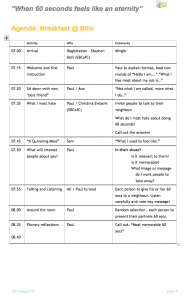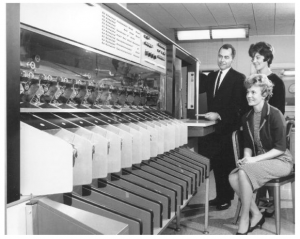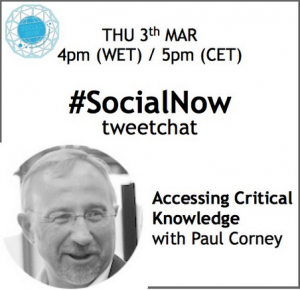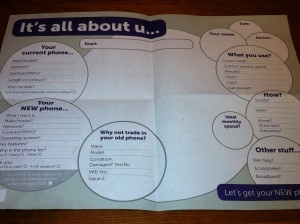A few days ago while having breakfast, my wife and I were listening to The Today programme. Just after 7am Michelle Hussein interviewed a Professor of Pediatrics about the increasing incidence of Strep A in children and what could be done to prevent an expansion. Ten minutes later in the business round up, prompted no doubt by the recent collapse of FTX, there was an interview with the Editor of a financial journal about proposed crypto market regulation.
Both interviewees were knowledgeable yet while Ana and I could not recall much from the second we could recall most of the first. Why?
It wasn’t jargon, or technical terminology, that obstructed our hearing it was what Ana described as “Auditory Clutter”. As Managing Director of Bees Homes, she draws on an Interior Designer background in selling unique homes. Part of her expertise is to decluttter a property and stage it so prospective buyers can imagine themselves living there.
I would argue the same applies in communication. If we declutter our spoken words it makes it easier for the listener to grasp the message we are trying to convey and not get lost in redundant words. Interestingly, in the context of speech, “Cluttering” is described on Wikipedia as:
… a speech and communication disorder characterized by a rapid rate of speech, erratic rhythm, and poor syntax or grammar making speech difficult to understand.”
So, back to The Today interviews, what were the differences? In the first, responses were delivered at a considered pace, with good diction, a relaxed (almost Pilot like) manner, and a total absence of filler words. In the second, we lost count of the number of Ums and Ers; by the end we were listening to those and not the essence of the message.
Here’s a challenge. Next time you are talking to a group or a friend get them to count how many of these filler words or phrases they hear you say:
- So
- You know
- I mean or You know what I mean
- Like, as in, I was like
- Er, Erm or Um, OK, right
- Yeah
If you don’t think it matters, take a look at this sentence I heard someone utter recently, “English is like, totally fun to learn, you know”. If you remove the filler or redundant words “English is fun to learn” is more succinct and comprehensible.
An English phenomenan?
Lest you think this is purely an English phenomenan think again. In my adopted country Portugal, filler words play an important part in day to day conversations as I found when taking a language course a few months back.
I also recall when, as a budding young relationship manager at Saudi International Bank, I was sitting in front of the treasurer of the national airline in his Jeddah office telling him we will no longer offer encashment services in London for his staff and cabin crew. Though fluent in English he repeatedly used the word “Ya’ni“ between sentences. I was unsure at first if it was an insult – I discovered it wasn’t.
And finally
Is the use of filler (meaningless) words) necessarily a bad thing? I’ve spoken to people who say they form an essential part of conversations giving people thinking time before responding. I am indebted to Portuguese with Eli for this explanation:
They don’t have a meaning in and of themselves. But they do perform an important role in the conversation.
Sometimes they help you include the listener in what you’re talking about.
Other times they help you introduce a new topic or take a new turn in the conversation.
But mostly, they help you make time to think — and that’s their most important role.
My conclusion: try to avoid filler words if presenting or responding to formal questions BUT if having an informal conversation, go with what feels right!
Today’s photo:a rooftop conversation in Lisboa around SocialNow that was devoid of auditory clutter between a Canadian, Dutchman, Englishman and a Portuguese.


 Unbeknown to the 32 delegates who’d assembled at Bill’s it was to be a journey beyond their comfort zones. I decided to make it an experiential session rather than the usual 10 minute ‘show and tell’ after breakfast.
Unbeknown to the 32 delegates who’d assembled at Bill’s it was to be a journey beyond their comfort zones. I decided to make it an experiential session rather than the usual 10 minute ‘show and tell’ after breakfast.



